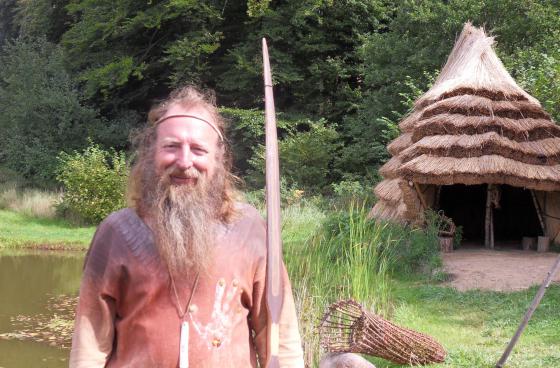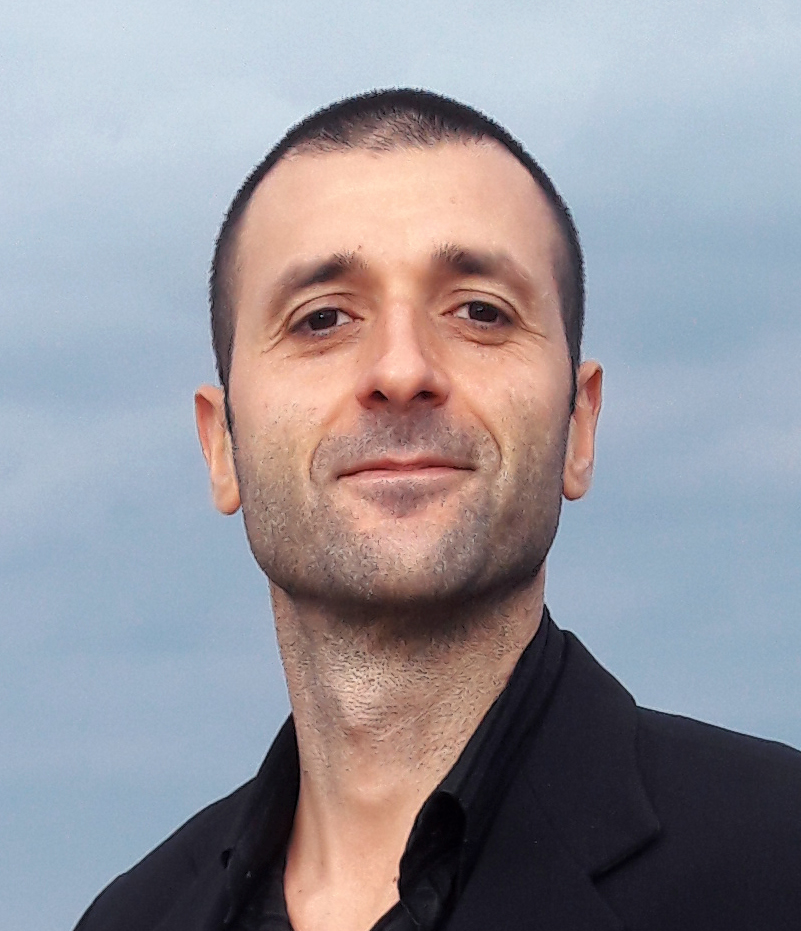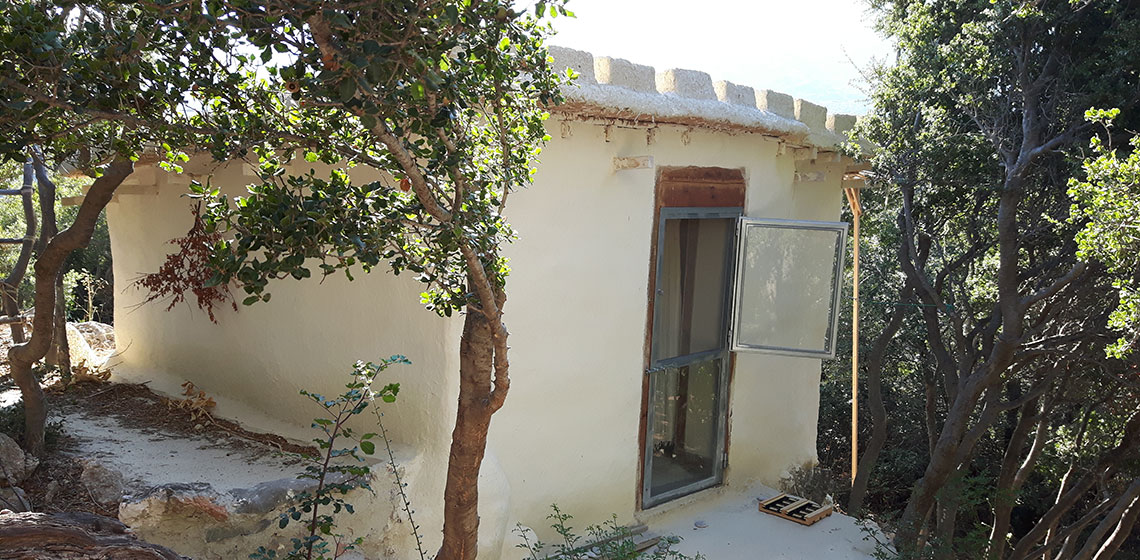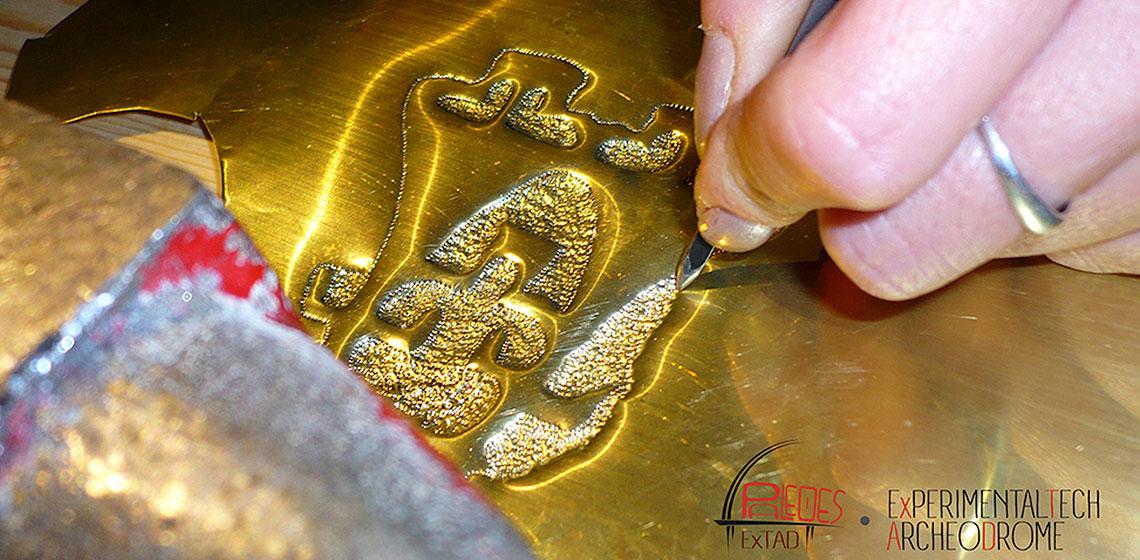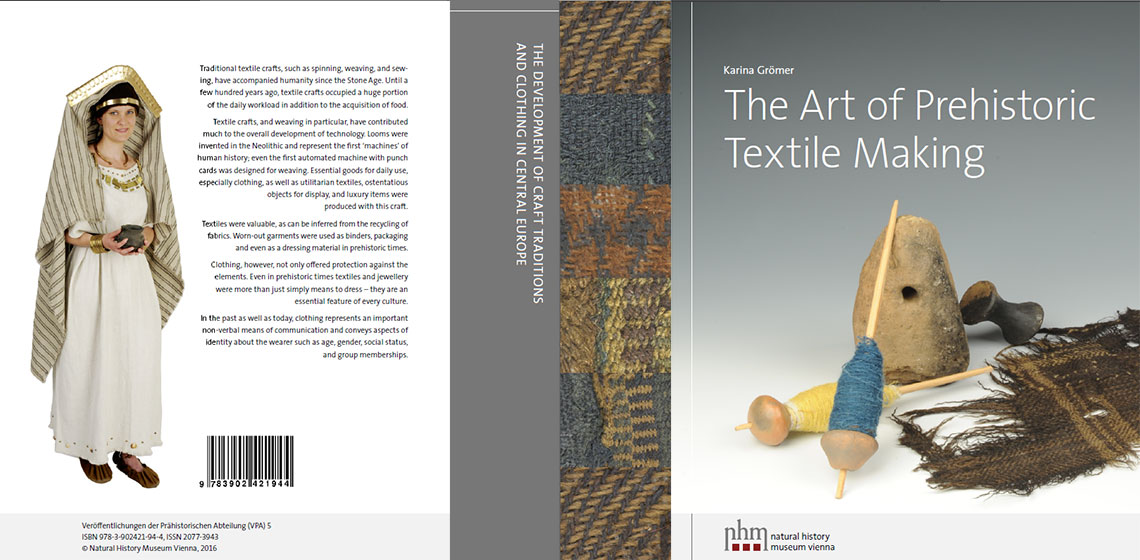Center for Experimental Archaeology (HR)
Center for Experimental Archaeology is a non-profit organization with headquarters in Zagreb, Croatia. It was established for development, improvement and promotion of experimental archaeology and experimental approaches to the study of material and immaterial cultural heritage. The main activity of the organisation is directed towards testing the archaeological and anthropological assumptions derived from scientific research of these disciplines. At the same time it promotes the usage of experiments in archaeology, actively educates in their proper utilisation, supports its members during experimentation and encourages them to publish the obtained results.
Center for Experimental Archaeology is a non-profit organization with headquarters in Zagreb, Croatia. It was established for development, improvement and promotion of experimental archaeology and experimental approaches to the study of material and immaterial cultural heritage...



